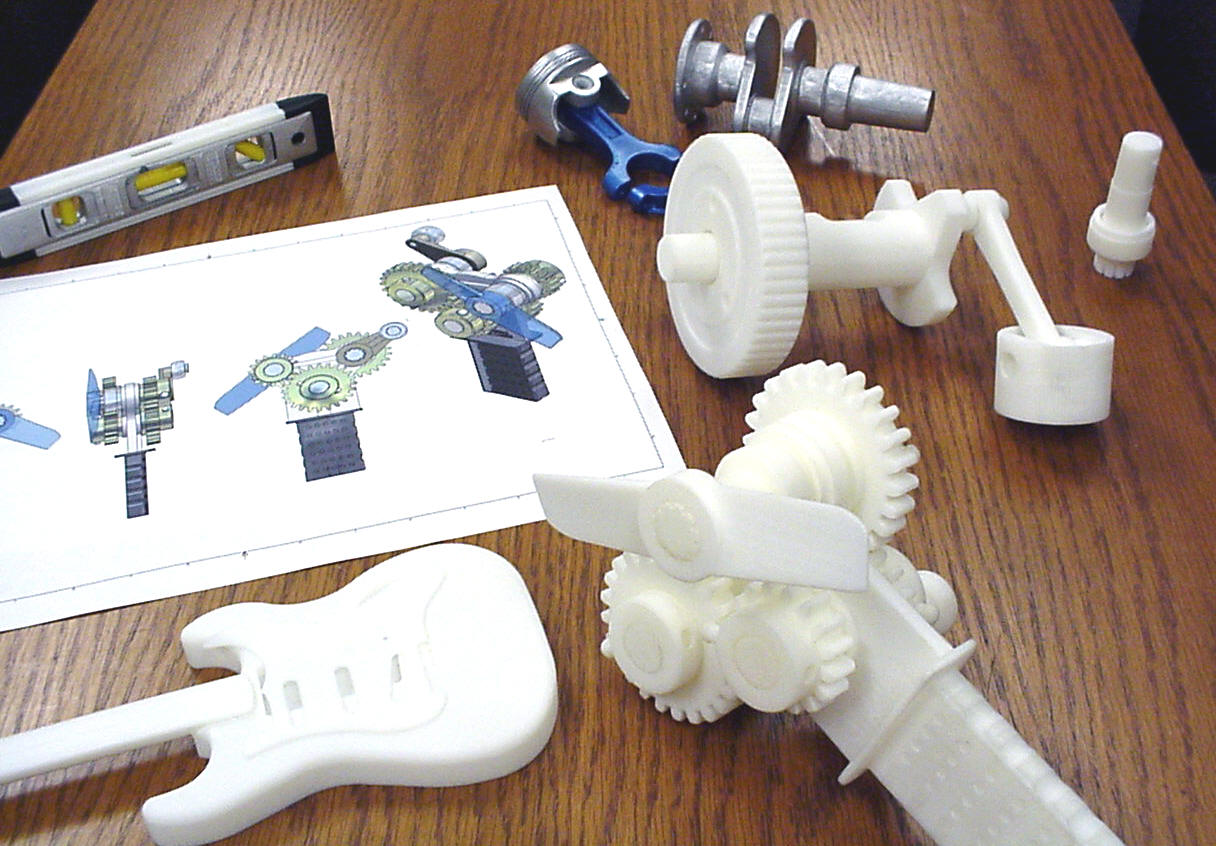3D printing has recently been filling up stories in the media with displays of its remarkable potential and versatility. This has come to light due to the costs of production reducing at such a rate. Whereas once, it was almost insurmountably expensive, now there is the real chance of 3D printing being made for the masses. So how did this exciting technology start?
Initially, it was used exclusively for large companies who needed detailed prototypes for their products. It was termed as 'rapid prototyping', but there was a problem: the materials that the prototypes were made of were not strong enough. The 'printer' could produce the design and desired structure, but it was just too fragile, almost like wax. So to begin with, this technology catered for engineers who needed to see how their designs looked in the flesh.
Then, as it always does, technology progressed. Companies started seeing the future potential of this prototype machine. Money and energy was invested in creating more durable materials. This was the key to its success, as nanotechnology took over to forge designs that were no longer flimsy, but felt as tough as metal. The creations were as strong and resistant as concrete and the evolution of the 3D printer grew very suddenly from thereon.
These machines no longer produce prototype designs, but actual working parts that can be used straight away. Companies began dreaming big and rethinking their strategies. Now all of a sudden, here was a technique to make elements for all manner of different uses in a much simpler and cost-effective way than before.
The potential of this technology is vast. It is still relatively new, but in just a few years, the landscape of industrial processes could be radically altered as a result of 3D printing. It would radically change the way large manufacturers such as automotive and defence industries produce parts. In the not too distant future, you could see it on a grand scale, even domestically. You want a new kettle? Order it and print it in the comfort of your own home!
The beauty of 3D printing is its versatility, and so can even be used for health and medical industries in creating parts for the human body or prosthetics. The time and cost of producing these kinds of bespoke materials will be massively reduced by new technologies. With costs of 3D printing machines coming down all the time, the revolution has firmly arrived. Time will only tell how far they will go to achieving their huge potential.









